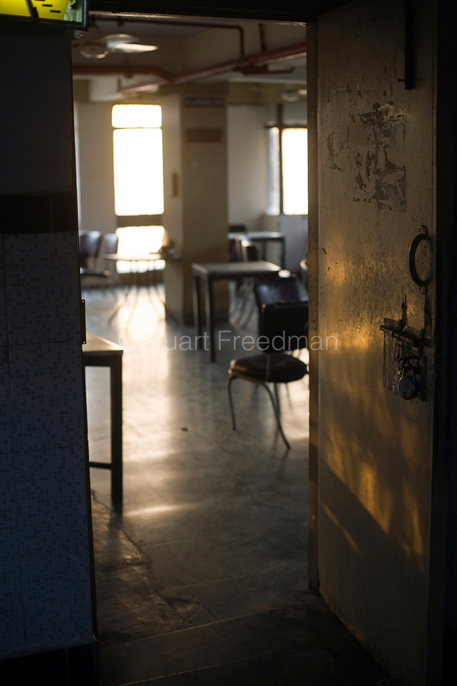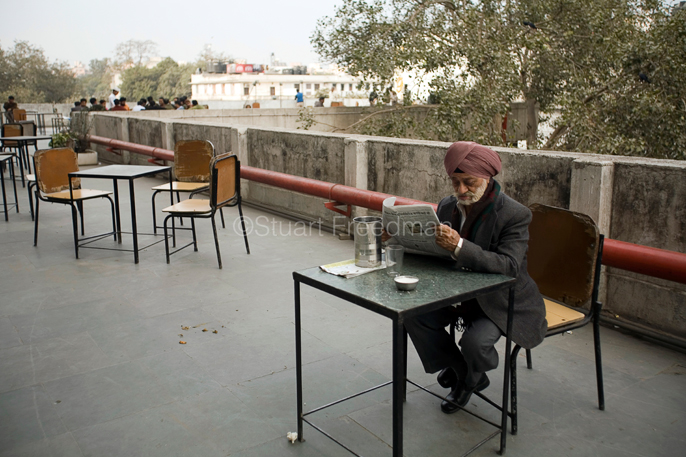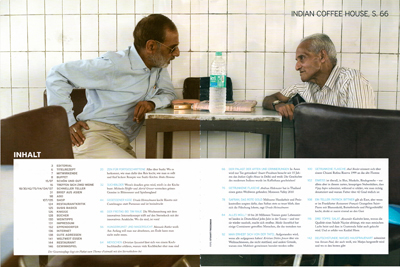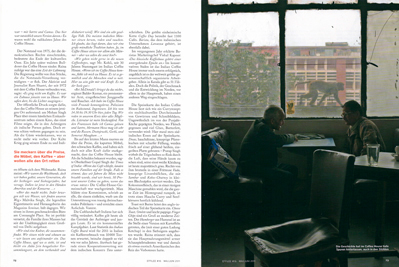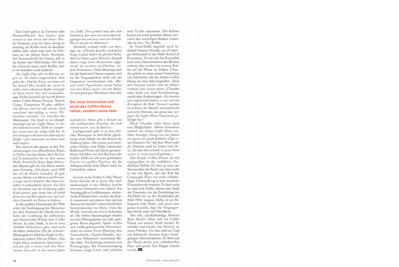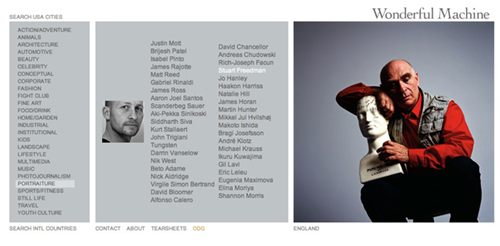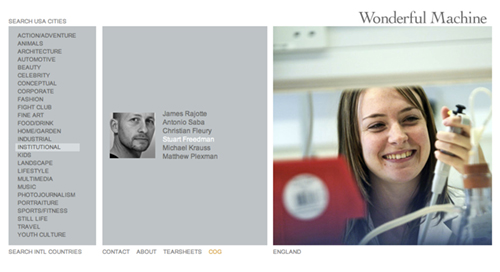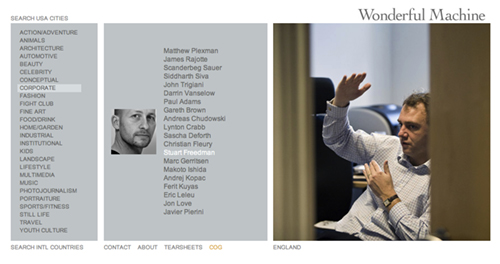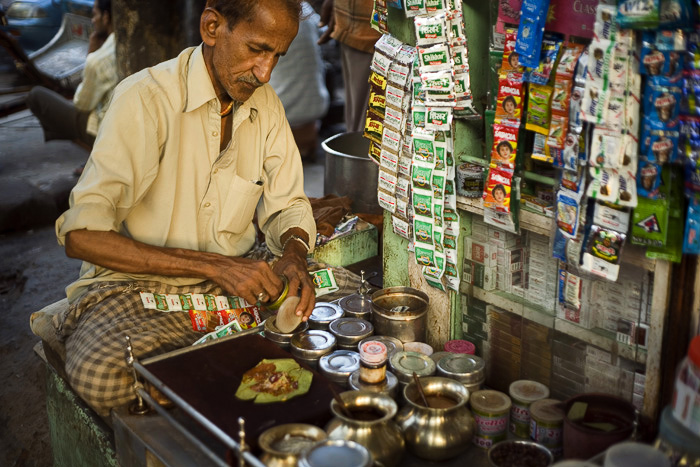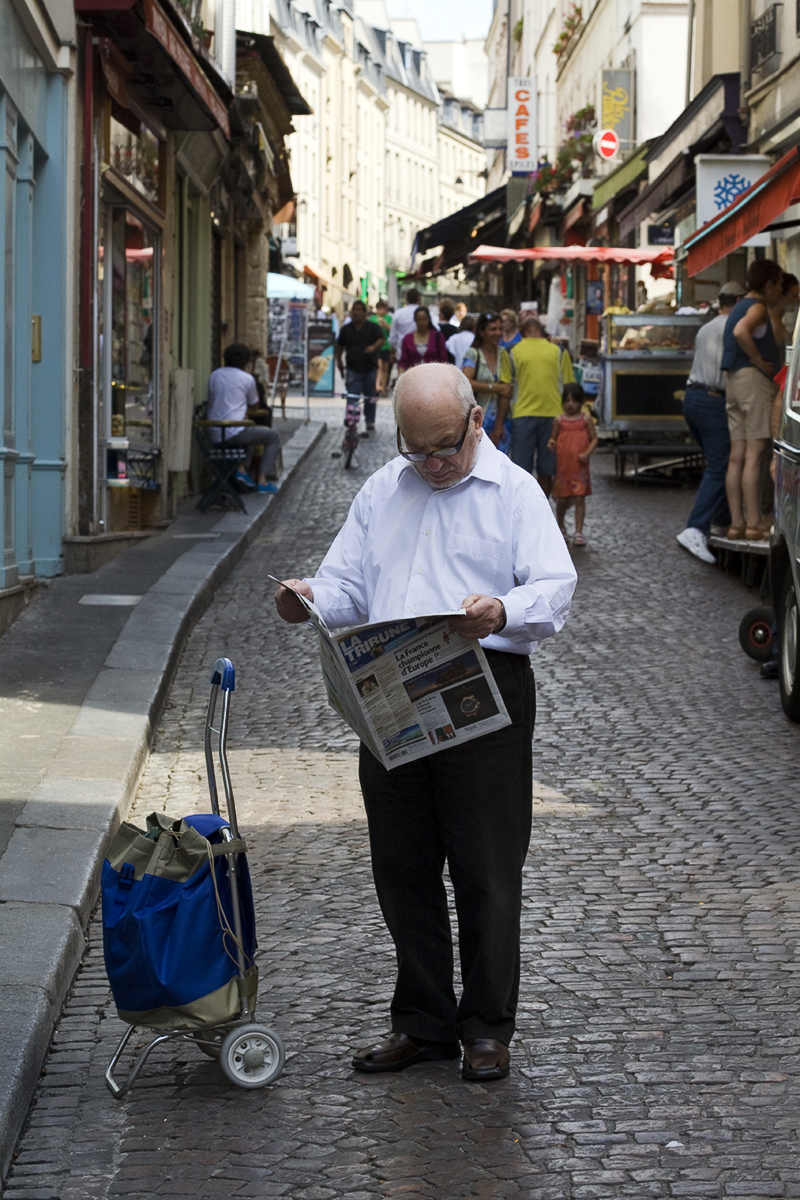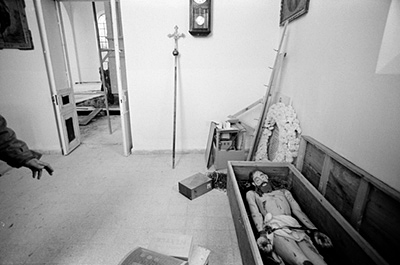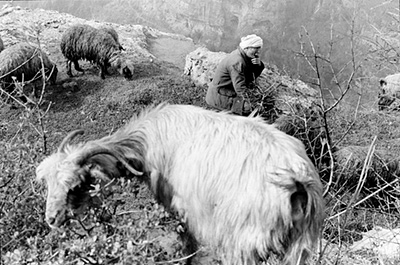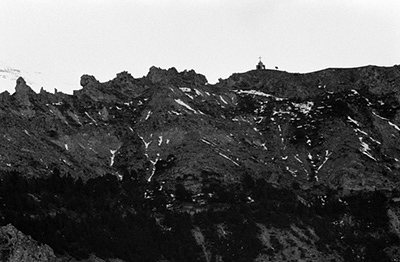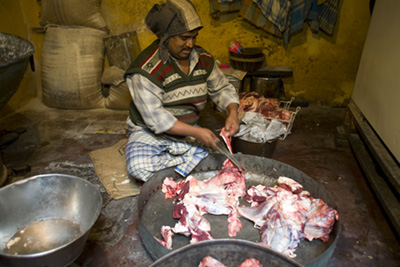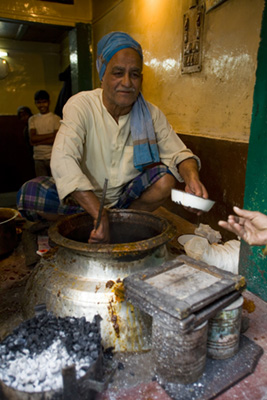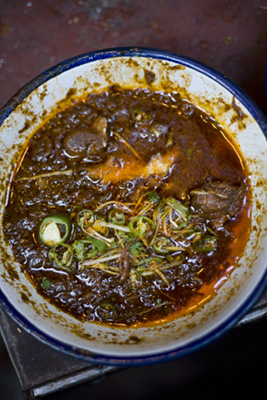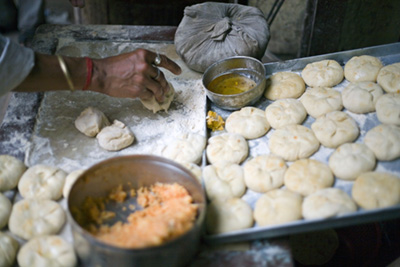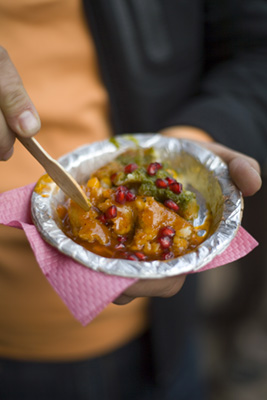The Hindustan Times has reported that the Indian Coffee House in New Delhi, my favourite haunt for a dozen or more years, will now finally close because of unpaid rent. According to the ‘paper, “…the civic agency has finally told them to vacate the premises by the end of the month.” Pratap Singh, manager of Indian Coffee House is quoted as saying “We owe them nearly Rs 55 lakh as rent and interest apart from the monthly rent. We don’t have so much of money as our sales have dipped over a period of time.”
I first wrote about the Coffee House on this blog in June 2009 when I compared it to the great post-war classic cafes in London. Only last month Effillee magazine in Germany published a spread of my work shot over two years in the place. In that piece I tried to explain how I felt that the Coffee House was a kind of critical aide-memoire to Post Independence Delhi. I said that:
The Indian Coffee House is buried deep in the collective memory of Delhi. Perhaps never as flamboyant as its cousins in Calcutta on Bankim Chatterjee Street and Chittaranjan Avenue where Satyajit Ray et al held court, its presence is like a reincarnating deity. Stuck on a corner of one of the radials of the Colonial city, seen from above it is like a spur, preventing the wheel of Connaught Place fully turning and making itself into a Western High Street. It locks down an older geometry like a portal to the past. It will not let Delhi, always a city of trauma (from the destruction of Old Delhi to the Sikh riots of 1984) forget itself. Delhi is a palimpsest of cities (seven, eight, nine?) and if you look carefully the past is barely below the surface.
I am sad that a place that I cherished so dearly will close but sadder – and more concerned for the staff – cut adrift in a cruel city that has no time for the poor and those down on their luck. I am also sad because the Coffee House with a little imagination could have worked. Malvika Singh, that most extraordinary of Delhi-wallahs (and publisher of Seminar) who I interviewed for the Effillee piece argued, quite simply that with a little imagination (and a bit of a paint-job) someone could turn the place into something special and profitable whilst preserving the character of the place. Only last week I ate in Dishoom – a very good pastiche of a Mumbai street cafe in London. Someone recognised that people will pay good money to eat somewhere that is not an Americanised chain selling plastic, mediocre food and expensive coffee. Someone obviously realised that people might want to spend time in places like this that have at least a stab at a cultural resonance…
The loss I think will be keenly felt – the last time they tried to close the cafe there was a minor public outcry. I can only hope that this will happen again and someone will step into the breach. I suspect however, that, as the unnamed official in the Hindustan Times piece salivated, “Once they vacate we will start the procedure of renting it out and we are hoping to get a rent at a rate of at least R400 per sq ft”, this really will be the end. The shame is of course that the coffee shop’s closing is a metaphor for what India and Delhi in particular, is running headlong into: a mishmash of Market-led, corporate half-truths that will be the disaster that this short term, only-for-profit thinking has brought all across the world. Delhi doesn’t need another fake Western, air conditioned soulless hang-out that caters for the tiny minority that can afford to eat there living out some 1980’s fantasy of wealth. It has plenty of those already.
The plain truth is that the closure marks the victory for an imported mindset that knows the price of everything but the value of nothing.
